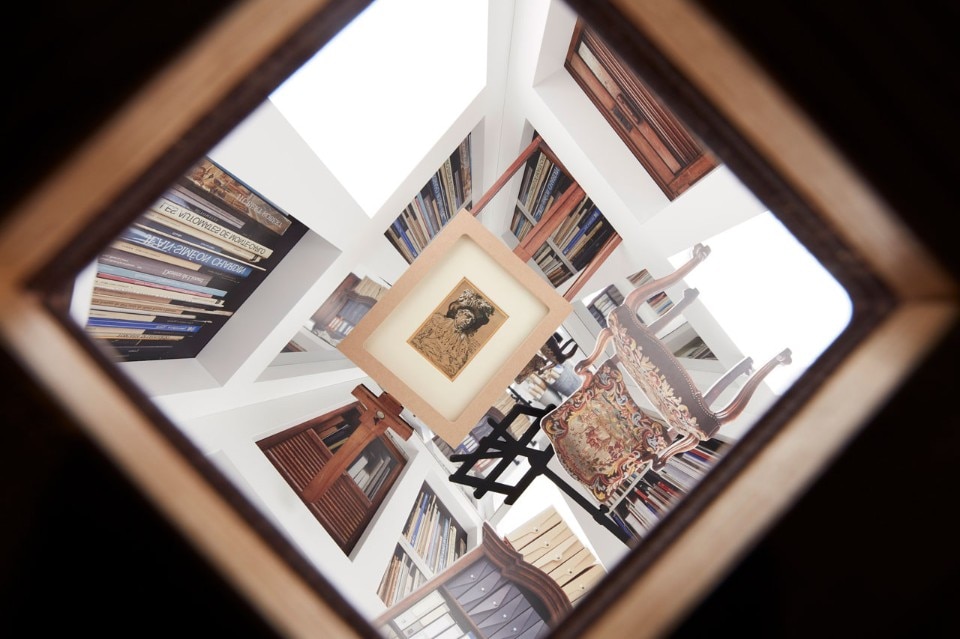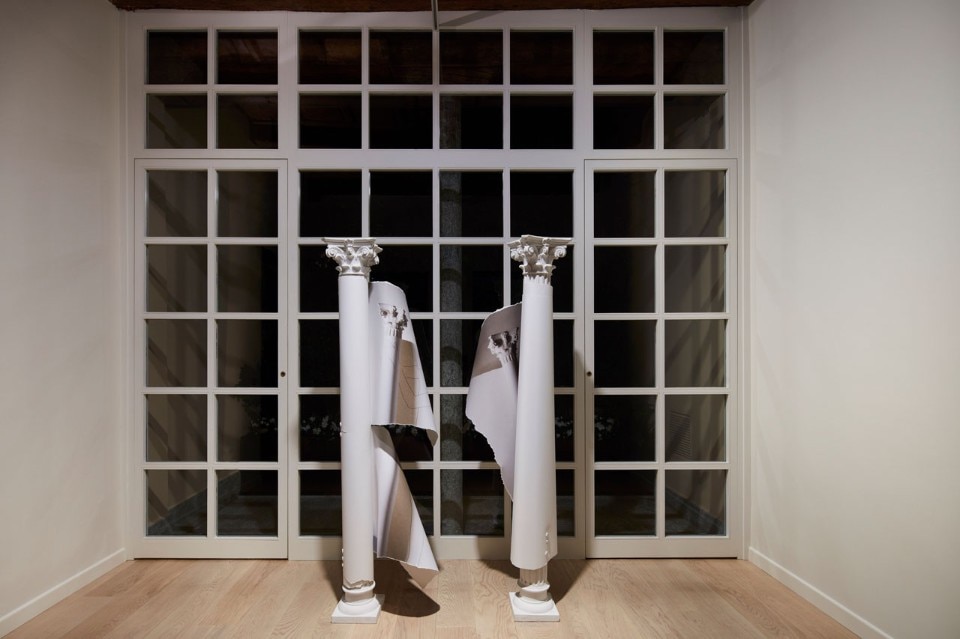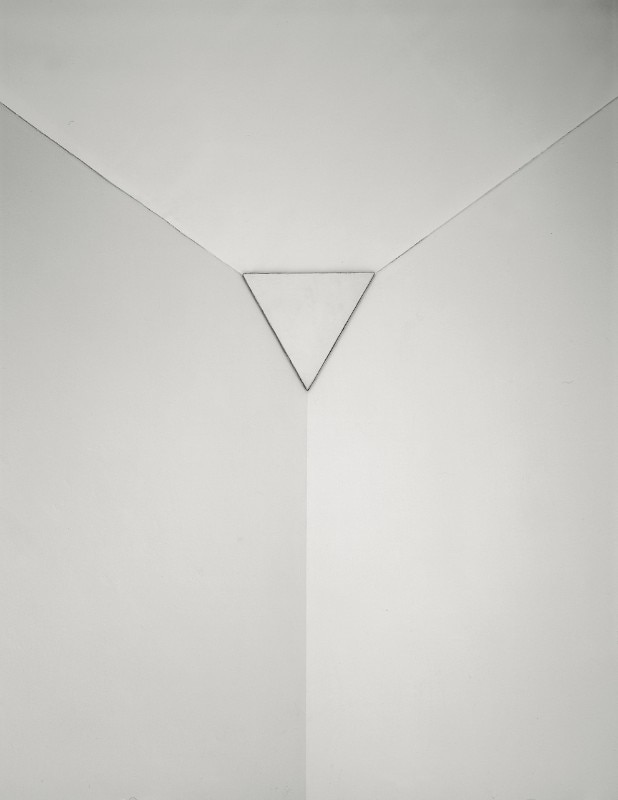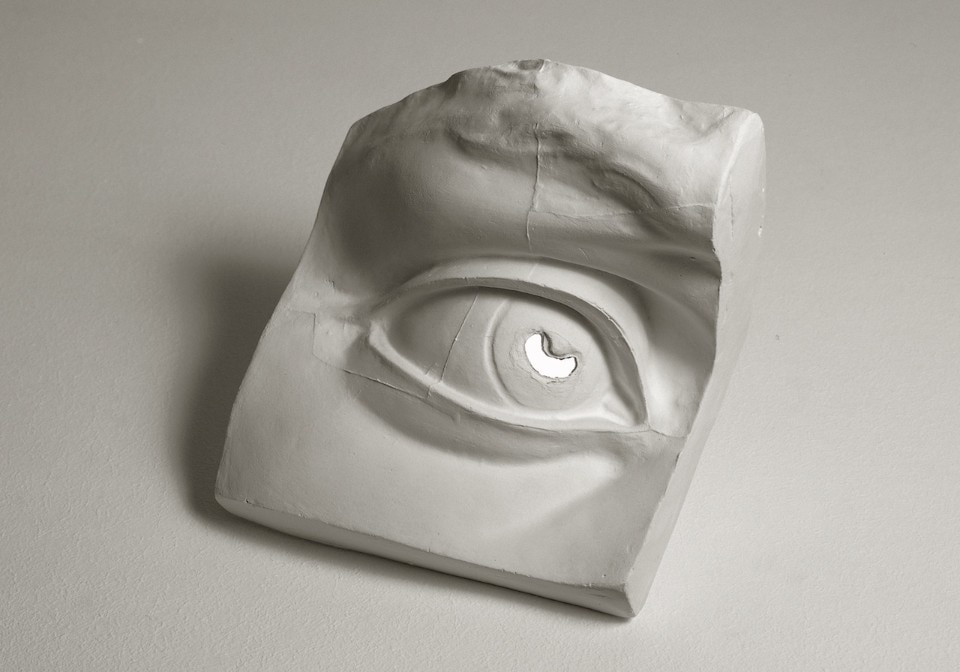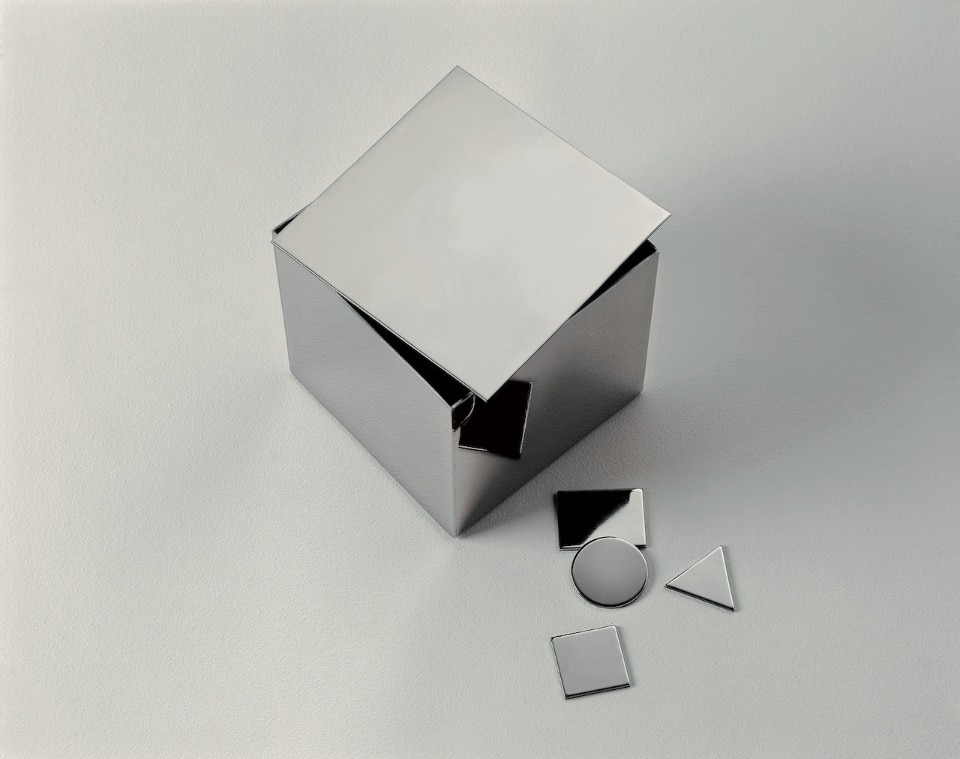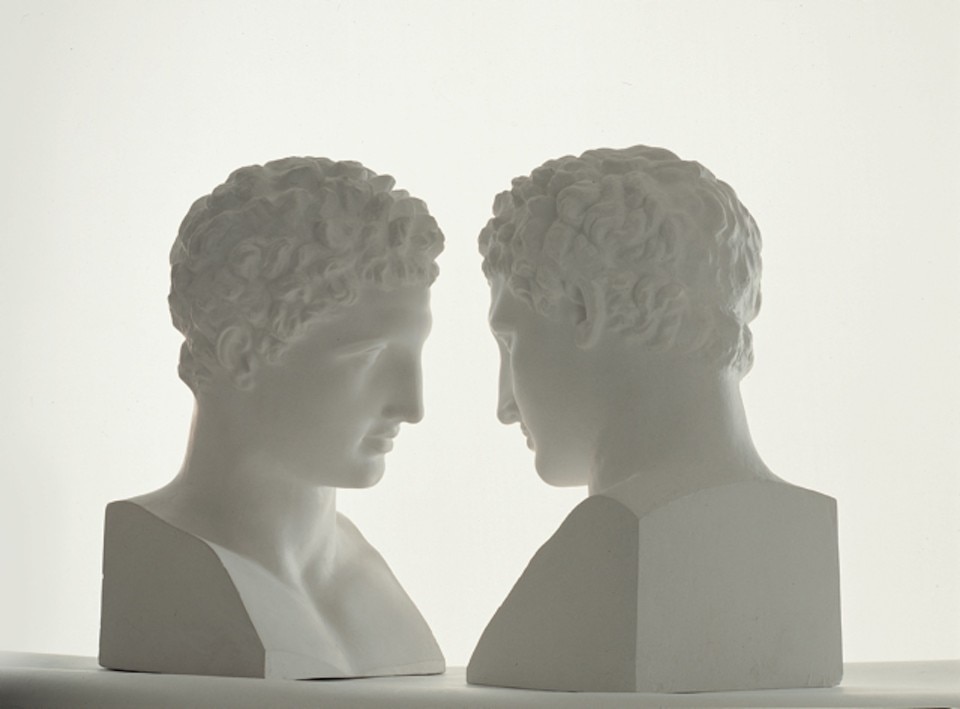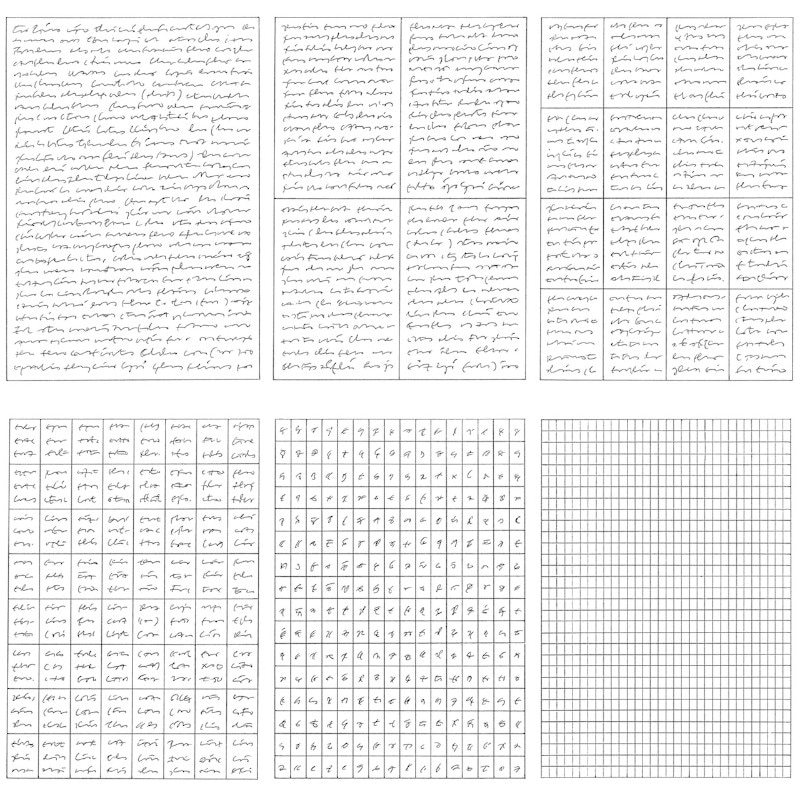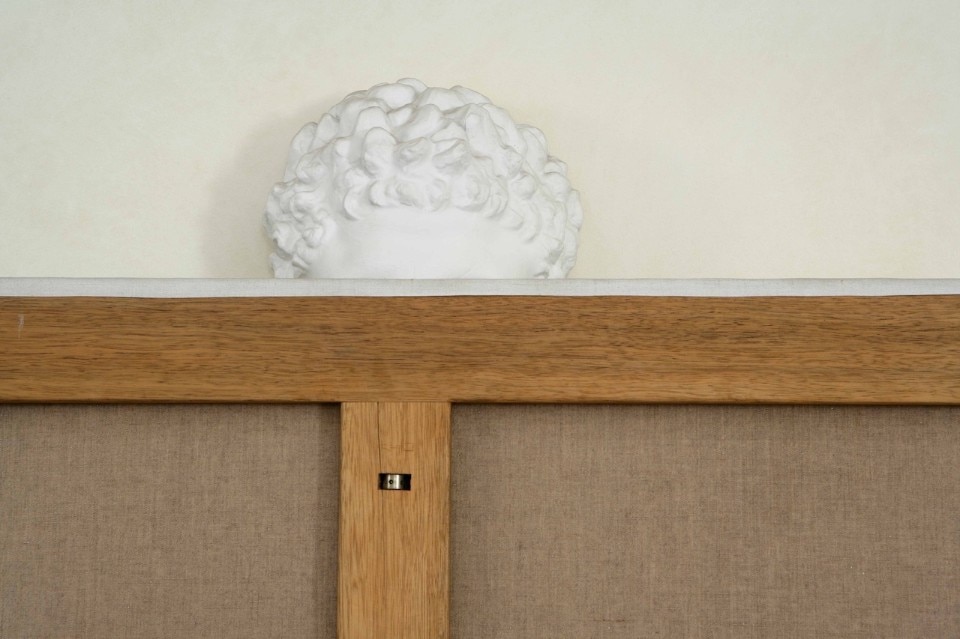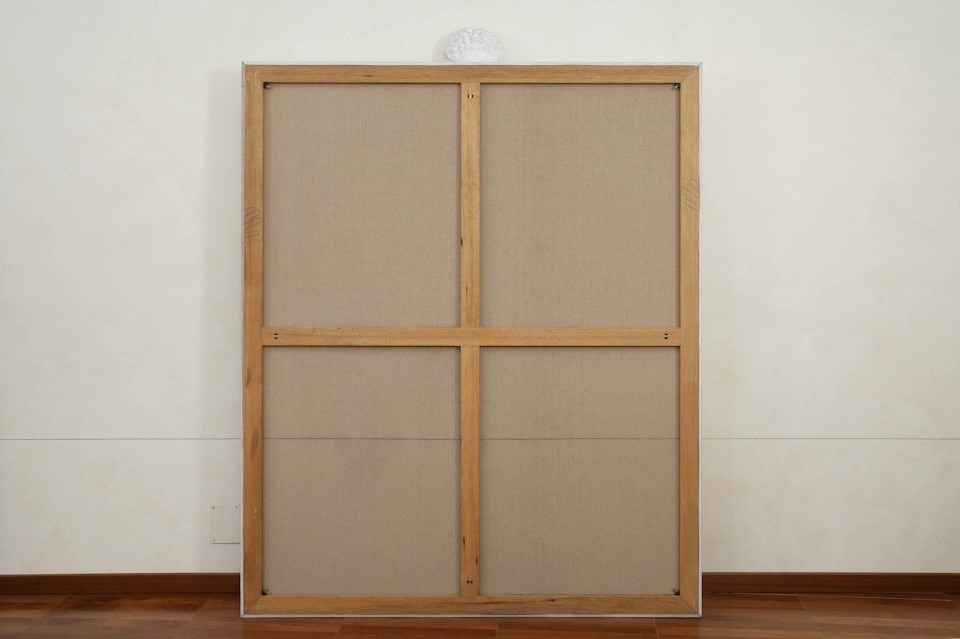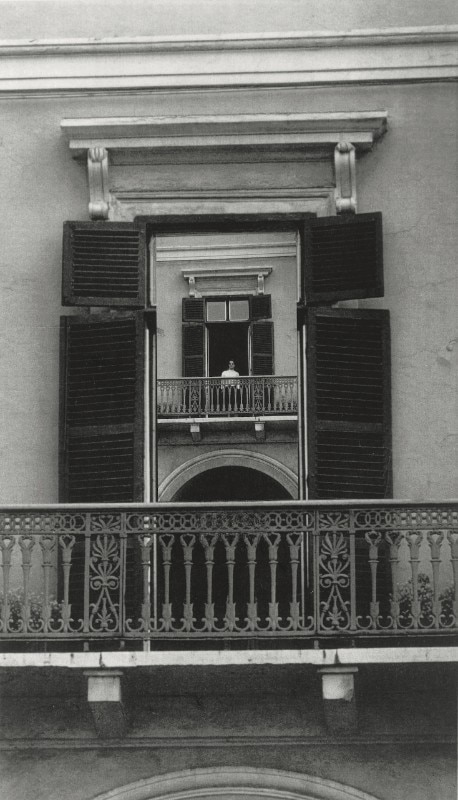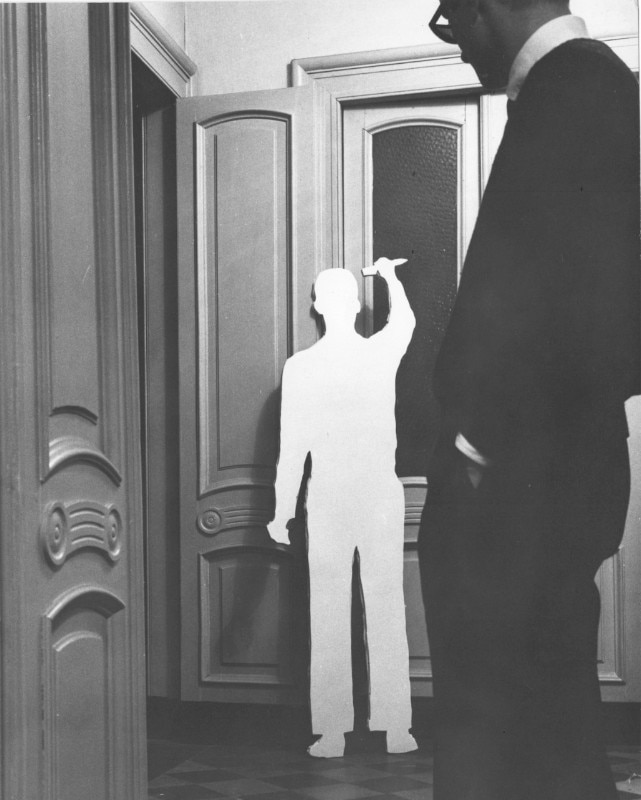"Why is there so much insistence, tenacity almost, regarding the idea of Beauty, which is always fleeting, fickle and immune to all possible definitions? Then again, what else is there that merits as much dedication, that affords us respite from all the rest?" asks Giulio Paolini in an essay accompanying his exhibition at Fondazione Carriero in Milan. The display shows an obsession with beauty as a philosophical, abstract dimension of existence. It has long been one of Paolini's main lines of interest, around which he has defined veritable paradigms of art and vision. In Italy, these have distinguished a specific and fundamental variety of conceptual art, another key chapter of which was on view until June 2018, with the exhibition "Between the Lines" on Sol LeWitt.
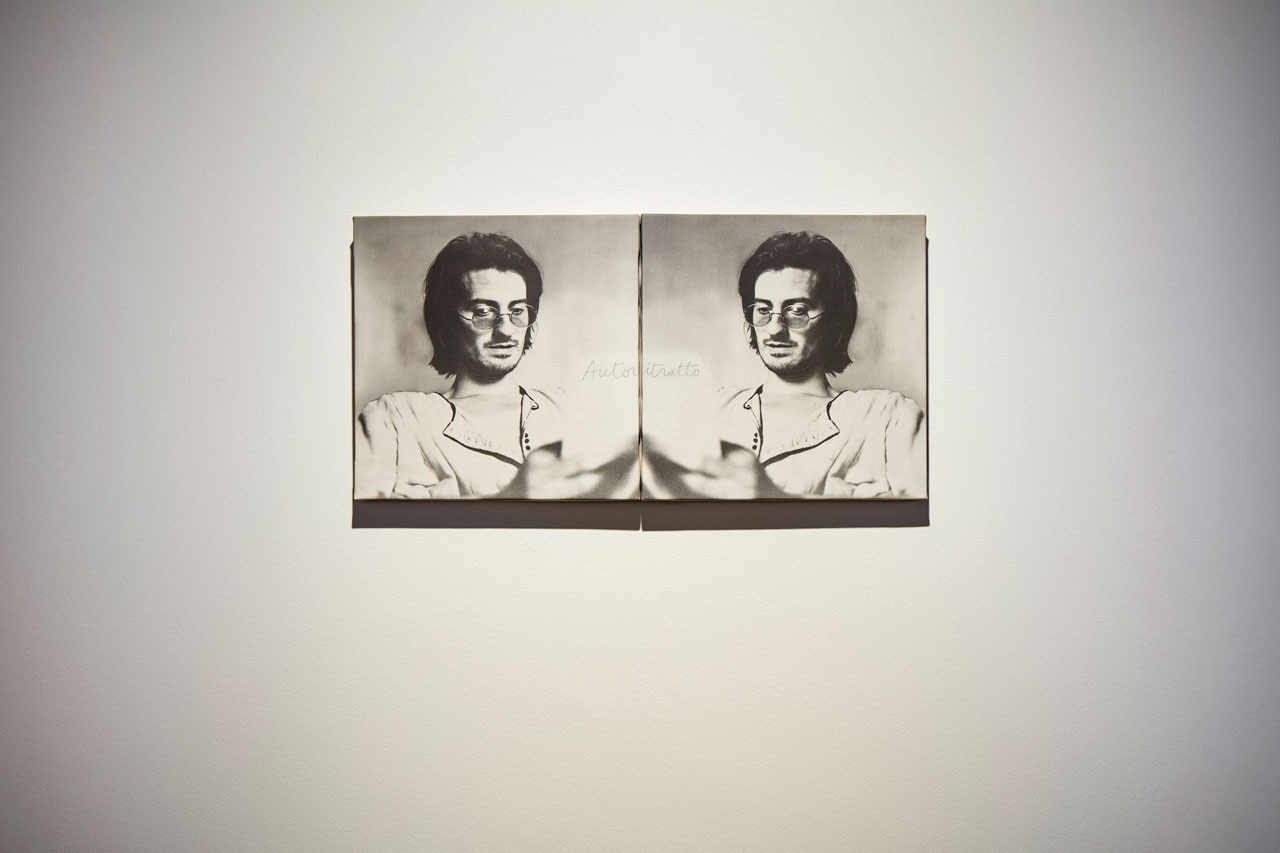
 View gallery
View gallery

Giulio Paolini. del Bello ideale, 2018
Installation view at Fondazione Carriero, Milan
Ph. Agostino Osio
Courtesy Fondazione Carriero, Milan
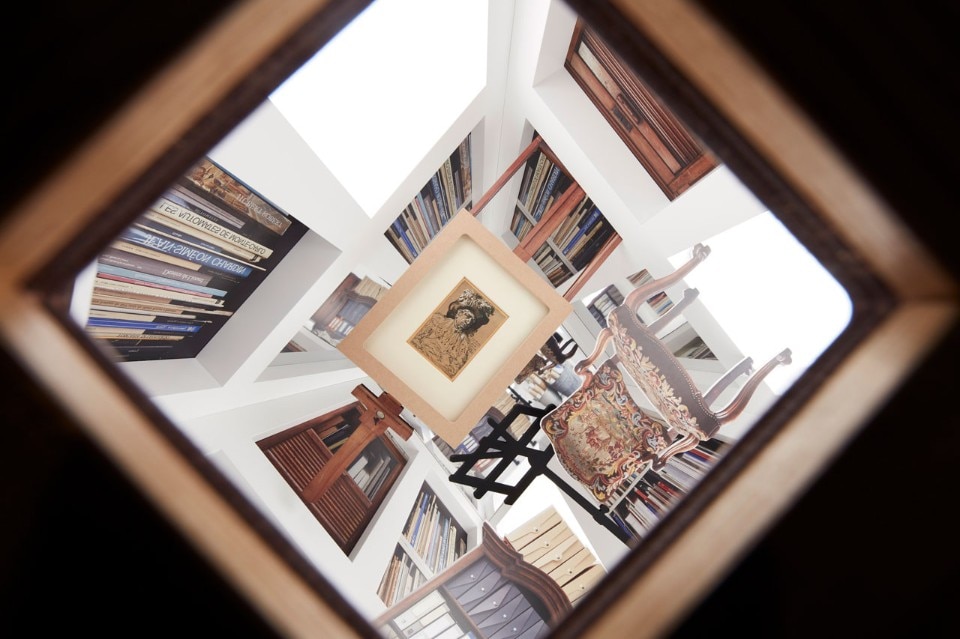
Giulio Paolini. del Bello ideale, 2018
Installation view at Fondazione Carriero, Milan
Ph. Agostino Osio
Courtesy Fondazione Carriero, Milan
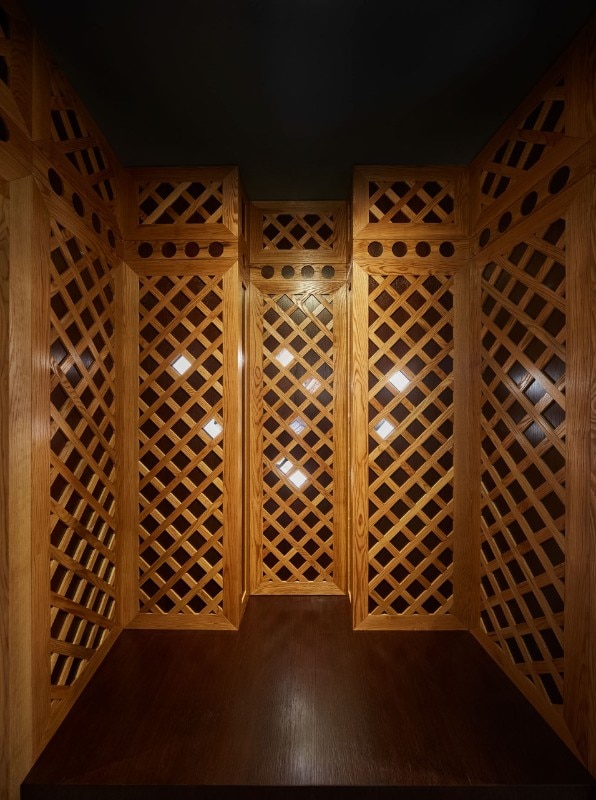
Giulio Paolini. del Bello ideale, 2018
Installation view at Fondazione Carriero, Milan
Ph. Agostino Osio
Courtesy Fondazione Carriero, Milan
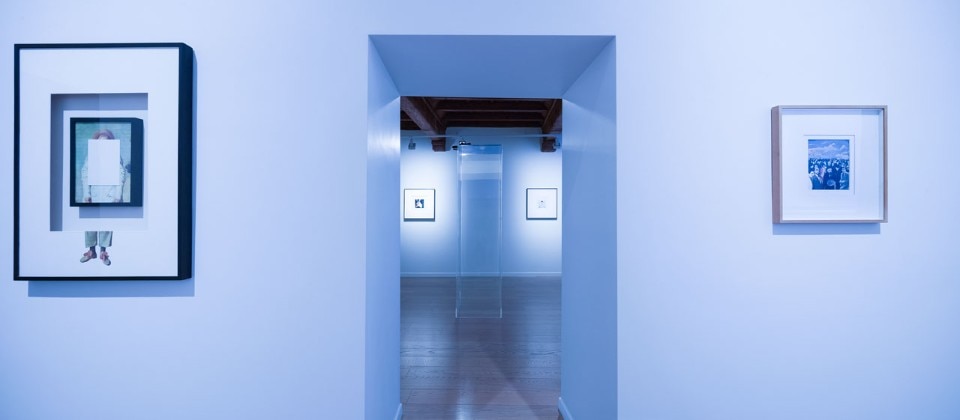
Giulio Paolini. del Bello ideale, 2018
Installation view at Fondazione Carriero, Milan
Ph. Agostino Osio
Courtesy Fondazione Carriero, Milan
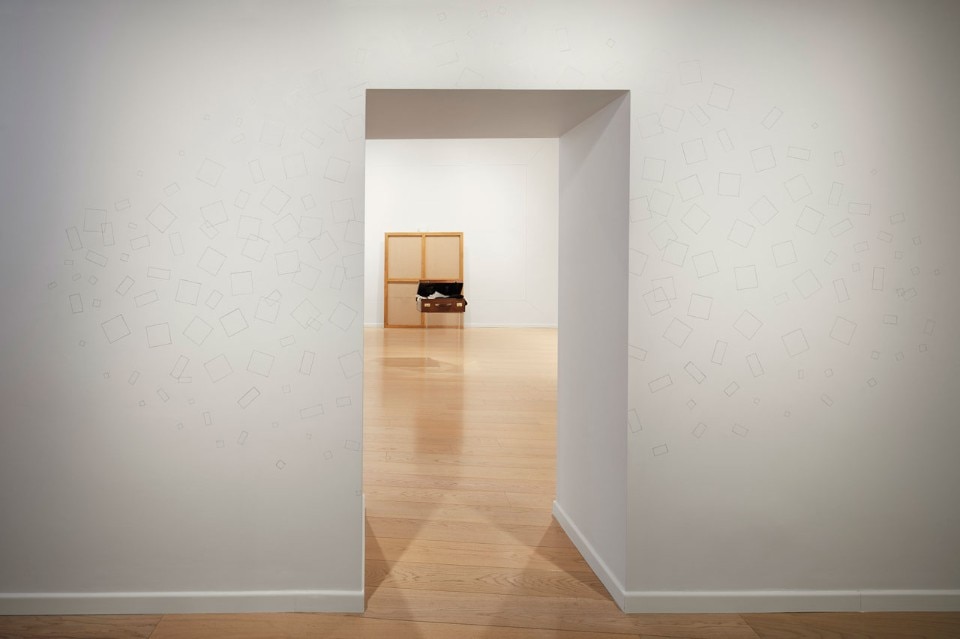
Giulio Paolini. del Bello ideale, 2018
Installation view at Fondazione Carriero, Milan
Ph. Agostino Osio
Courtesy Fondazione Carriero, Milan

Giulio Paolini. del Bello ideale, 2018
Installation view at Fondazione Carriero, Milan
Ph. Agostino Osio
Courtesy Fondazione Carriero, Milan
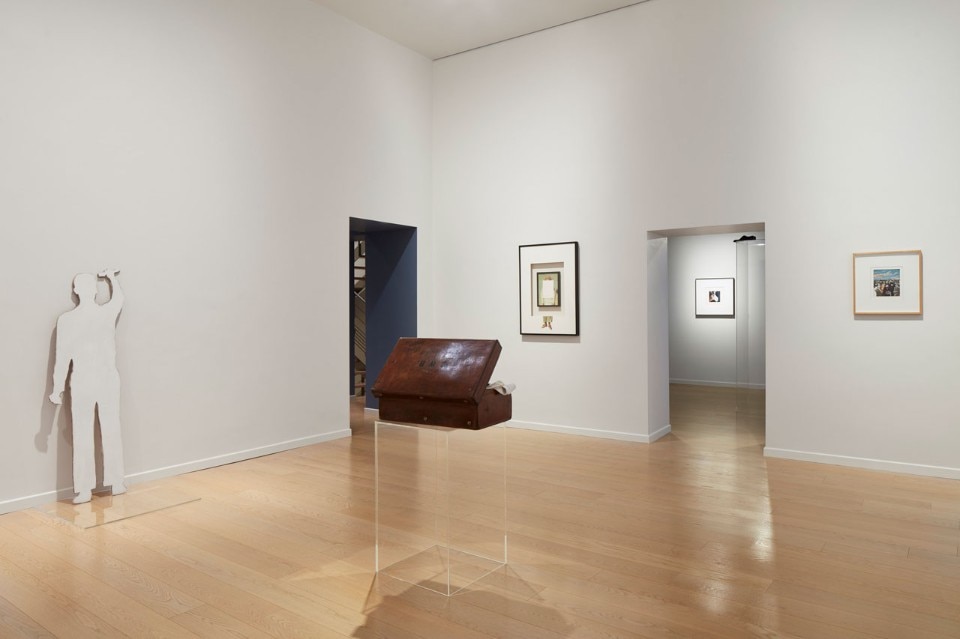
Giulio Paolini. del Bello ideale, 2018
Installation view at Fondazione Carriero, Milan
Ph. Agostino Osio
Courtesy Fondazione Carriero, Milan

Giulio Paolini. del Bello ideale, 2018
Installation view at Fondazione Carriero, Milan
Ph. Agostino Osio
Courtesy Fondazione Carriero, Milan
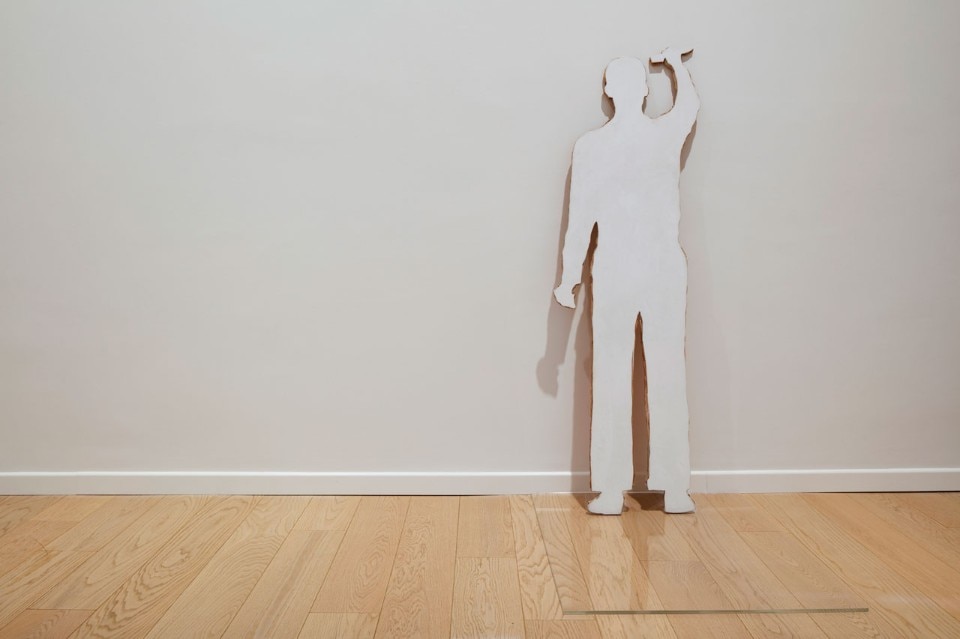
Giulio Paolini. del Bello ideale, 2018
Installation view at Fondazione Carriero, Milan
Ph. Agostino Osio
Courtesy Fondazione Carriero, Milan

Giulio Paolini. del Bello ideale, 2018
Installation view at Fondazione Carriero, Milan
Ph. Agostino Osio
Courtesy Fondazione Carriero, Milan
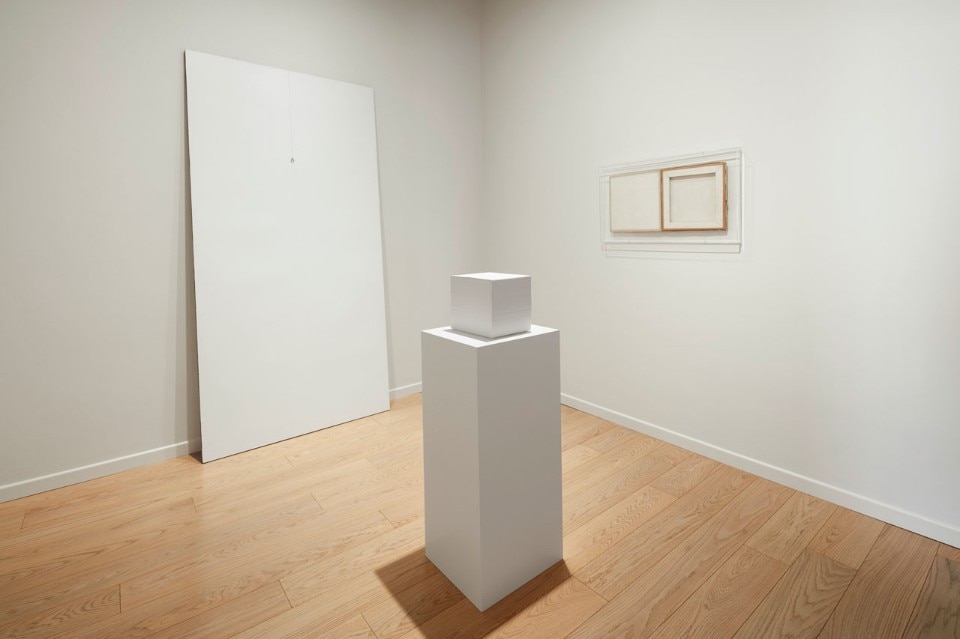
Giulio Paolini. del Bello ideale, 2018
Installation view at Fondazione Carriero, Milan
Ph. Agostino Osio
Courtesy Fondazione Carriero, Milan
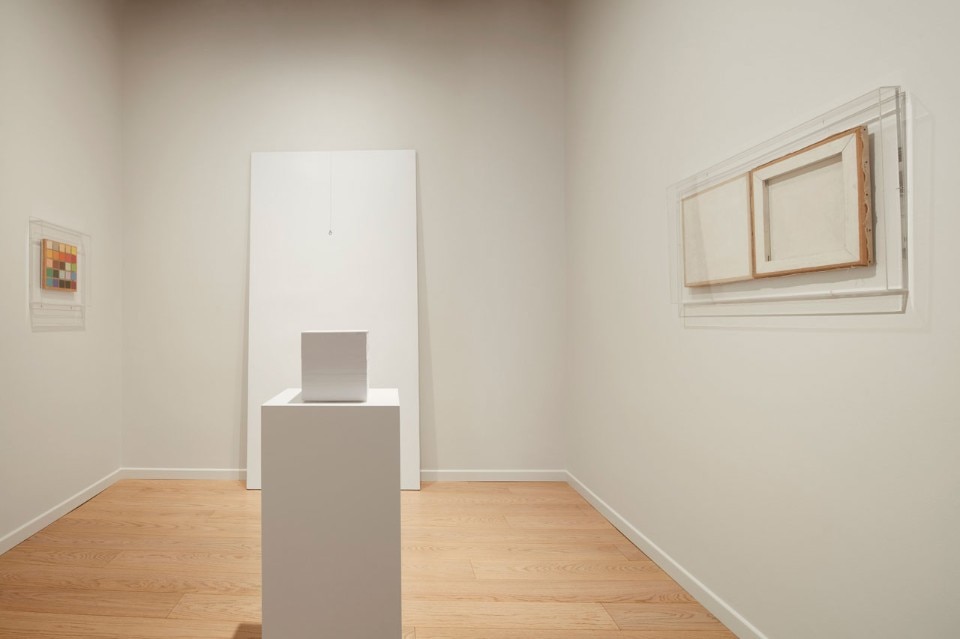
Giulio Paolini. del Bello ideale, 2018
Installation view at Fondazione Carriero, Milan
Ph. Agostino Osio
Courtesy Fondazione Carriero, Milan
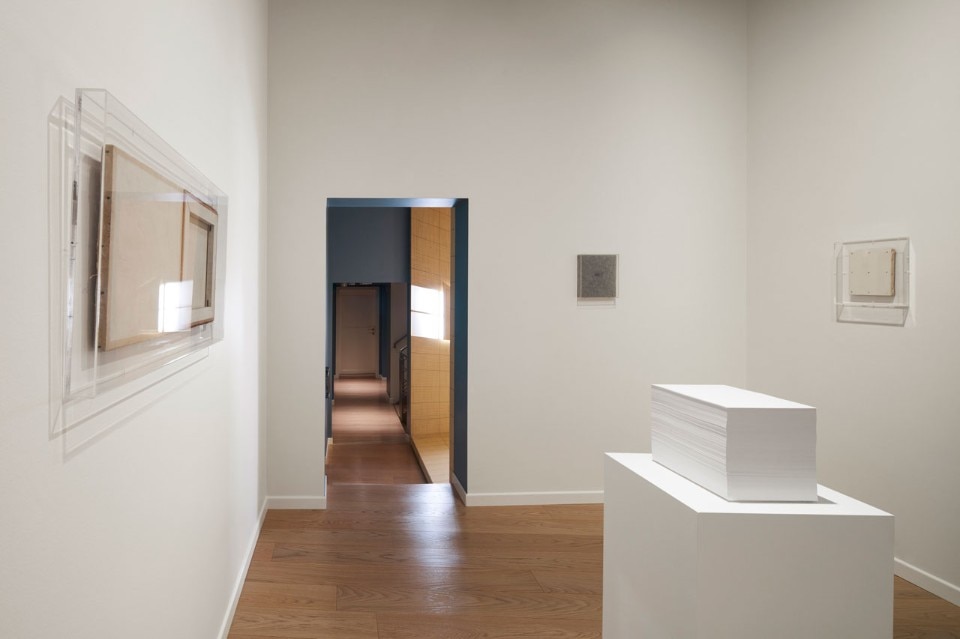
Giulio Paolini. del Bello ideale, 2018
Installation view at Fondazione Carriero, Milan
Ph. Agostino Osio
Courtesy Fondazione Carriero, Milan
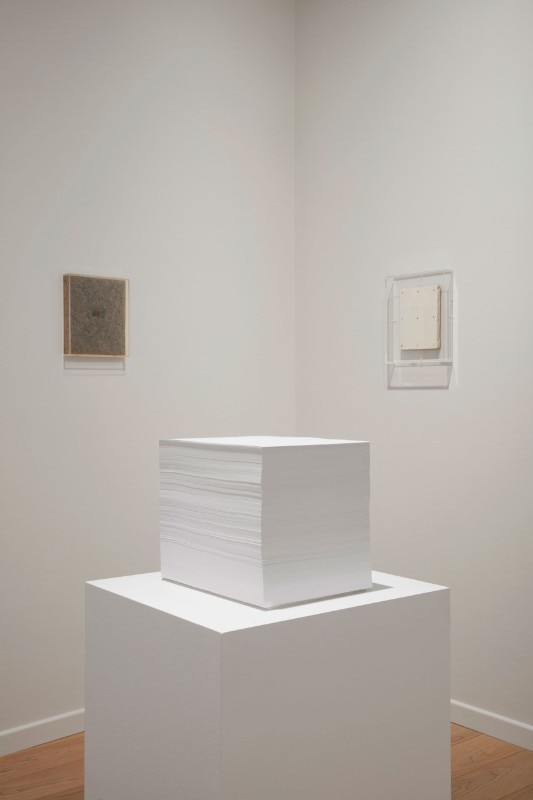
Giulio Paolini. del Bello ideale, 2018
Installation view at Fondazione Carriero, Milan
Ph. Agostino Osio
Courtesy Fondazione Carriero, Milan
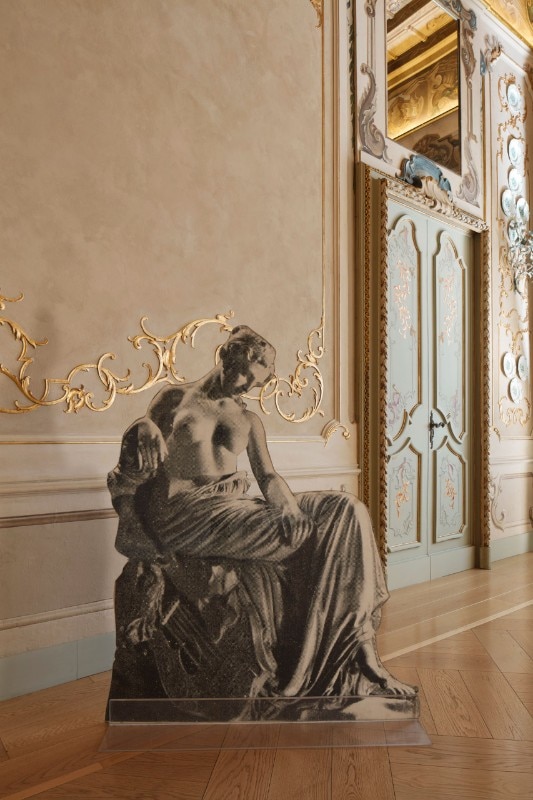
Giulio Paolini. del Bello ideale, 2018
Installation view at Fondazione Carriero, Milan
Ph. Agostino Osio
Courtesy Fondazione Carriero, Milan
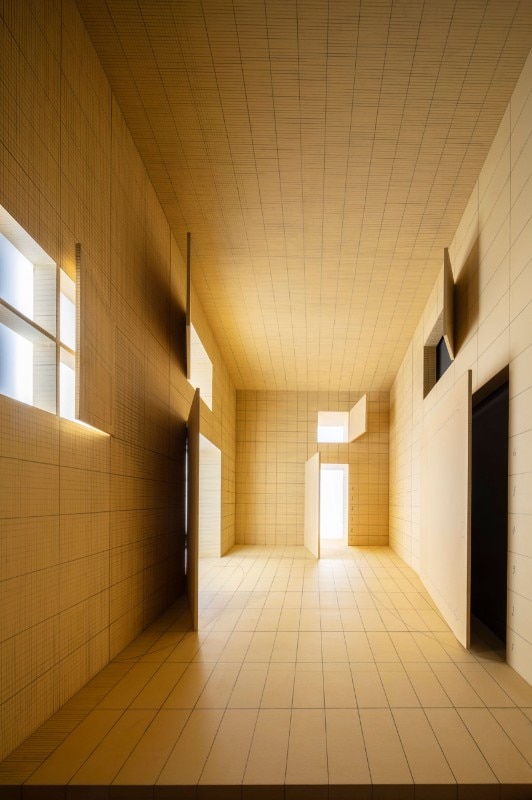
Giulio Paolini. del Bello ideale, 2018
Installation view at Fondazione Carriero, Milan
Ph. Agostino Osio
Courtesy Fondazione Carriero, Milan
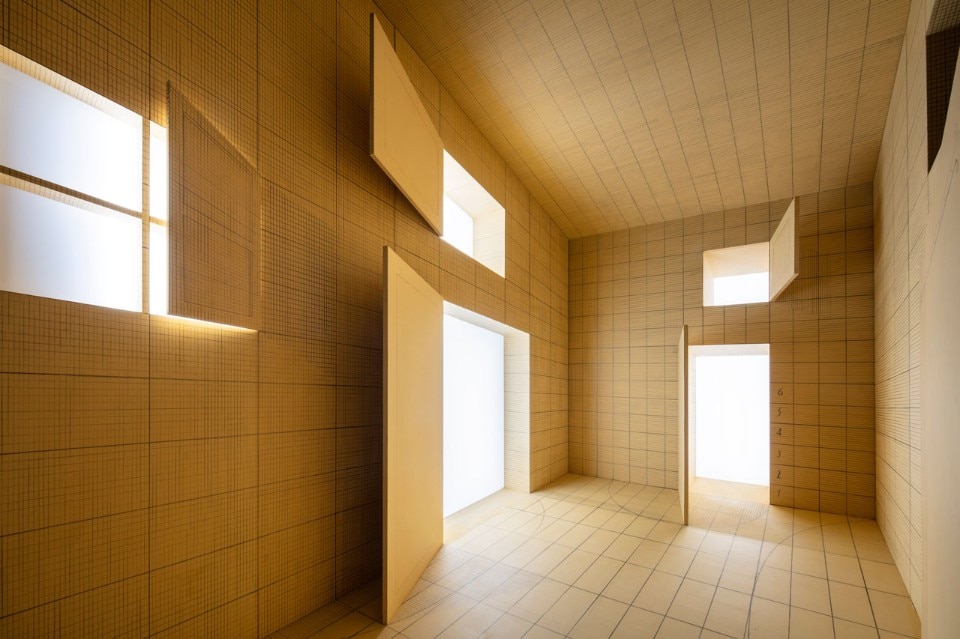
Giulio Paolini. del Bello ideale, 2018
Installation view at Fondazione Carriero, Milan
Ph. Agostino Osio
Courtesy Fondazione Carriero, Milan
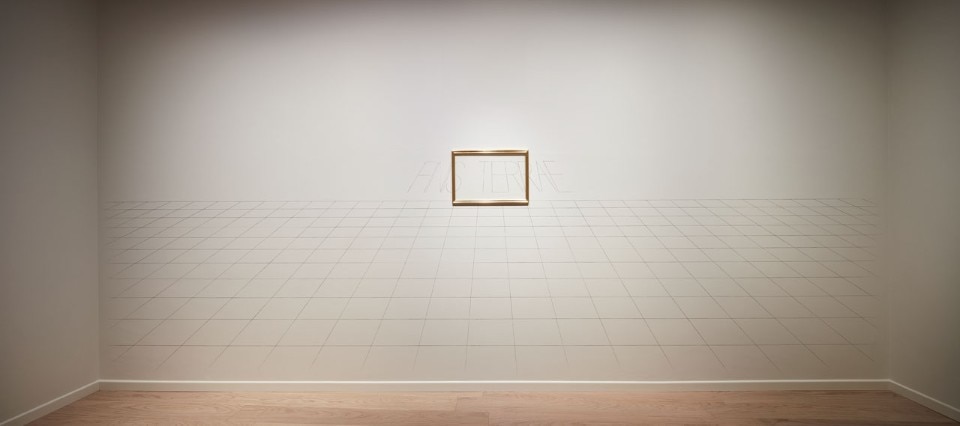
Giulio Paolini. del Bello ideale, 2018
Installation view at Fondazione Carriero, Milan
Ph. Agostino Osio
Courtesy Fondazione Carriero, Milan
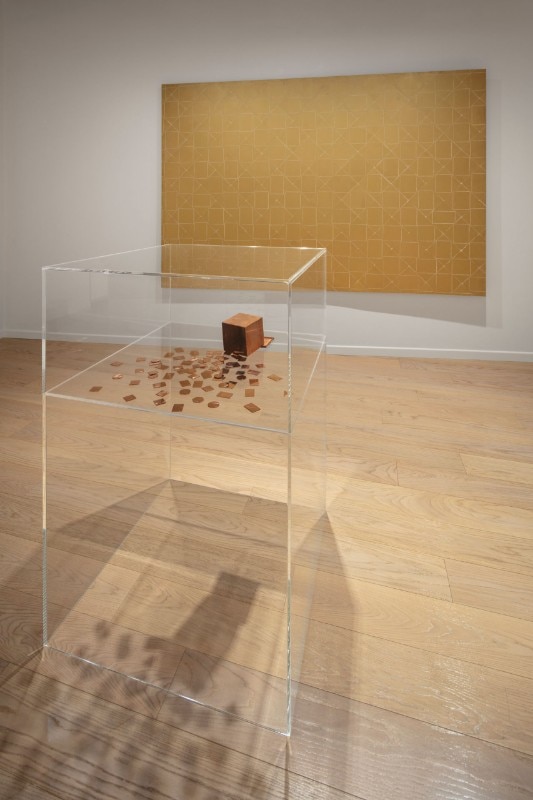
Giulio Paolini. del Bello ideale, 2018
Installation view at Fondazione Carriero, Milan
Ph. Agostino Osio
Courtesy Fondazione Carriero, Milan
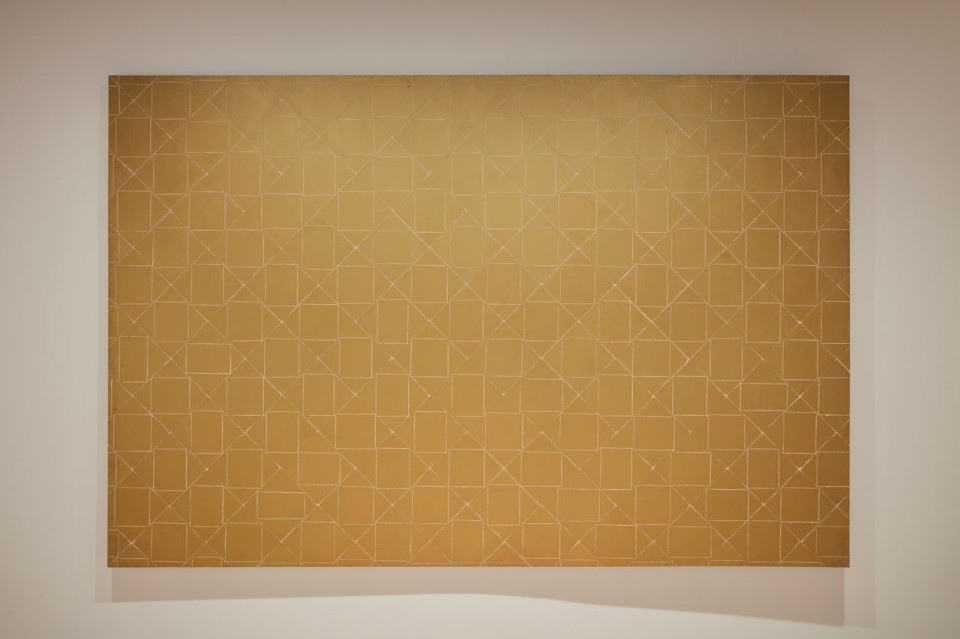
Giulio Paolini. del Bello ideale, 2018
Installation view at Fondazione Carriero, Milan
Ph. Agostino Osio
Courtesy Fondazione Carriero, Milan
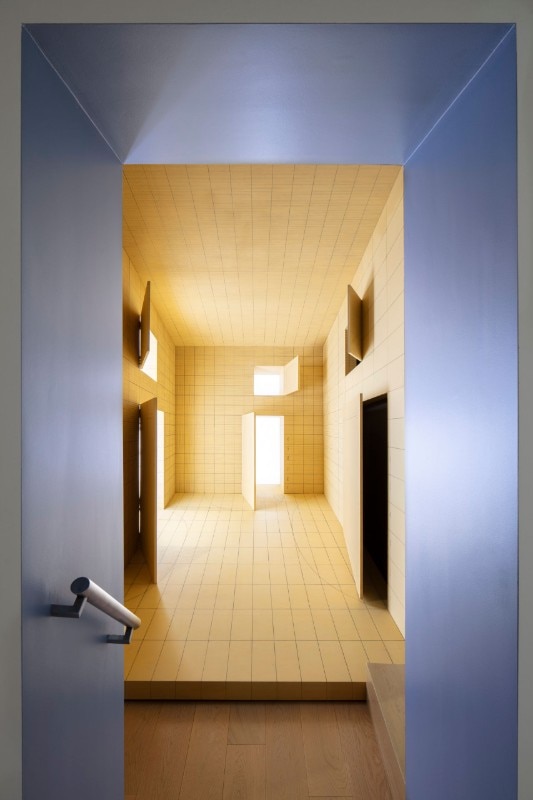
Giulio Paolini. del Bello ideale, 2018
Installation view at Fondazione Carriero, Milan
Ph. Agostino Osio
Courtesy Fondazione Carriero, Milan

Giulio Paolini. del Bello ideale, 2018
Installation view at Fondazione Carriero, Milan
Ph. Agostino Osio
Courtesy Fondazione Carriero, Milan

Giulio Paolini. del Bello ideale, 2018
Installation view at Fondazione Carriero, Milan
Ph. Agostino Osio
Courtesy Fondazione Carriero, Milan
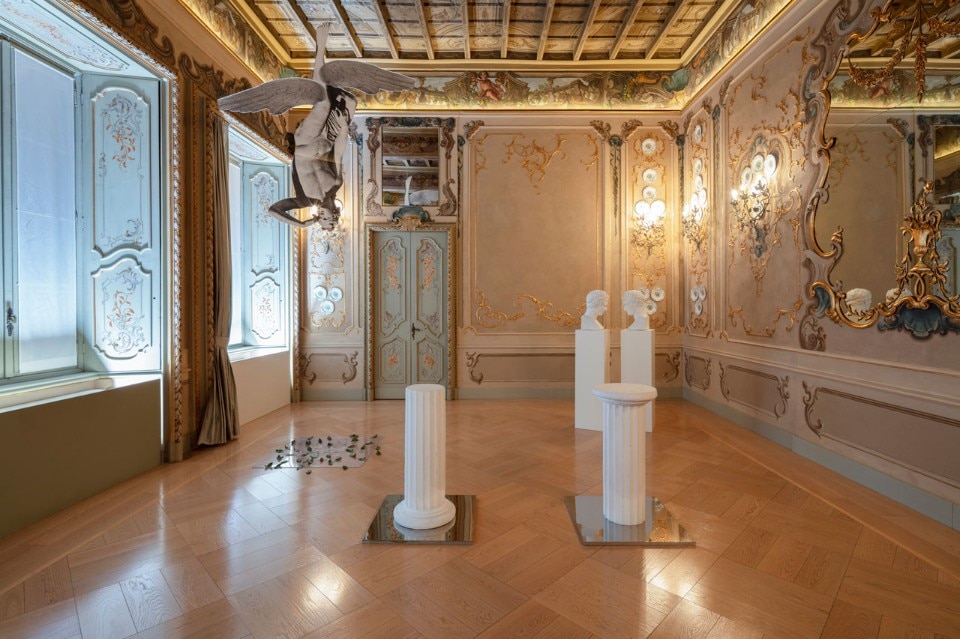
Giulio Paolini. del Bello ideale, 2018
Installation view at Fondazione Carriero, Milan
Ph. Agostino Osio
Courtesy Fondazione Carriero, Milan

Giulio Paolini. del Bello ideale, 2018
Installation view at Fondazione Carriero, Milan
Ph. Agostino Osio
Courtesy Fondazione Carriero, Milan

Giulio Paolini. del Bello ideale, 2018
Installation view at Fondazione Carriero, Milan
Ph. Agostino Osio
Courtesy Fondazione Carriero, Milan

Giulio Paolini. del Bello ideale, 2018
Installation view at Fondazione Carriero, Milan
Ph. Agostino Osio
Courtesy Fondazione Carriero, Milan

Giulio Paolini. del Bello ideale, 2018
Installation view at Fondazione Carriero, Milan
Ph. Agostino Osio
Courtesy Fondazione Carriero, Milan

Giulio Paolini. del Bello ideale, 2018
Installation view at Fondazione Carriero, Milan
Ph. Agostino Osio
Courtesy Fondazione Carriero, Milan

Giulio Paolini. del Bello ideale, 2018
Installation view at Fondazione Carriero, Milan
Ph. Agostino Osio
Courtesy Fondazione Carriero, Milan

Giulio Paolini. del Bello ideale, 2018
Installation view at Fondazione Carriero, Milan
Ph. Agostino Osio
Courtesy Fondazione Carriero, Milan

Giulio Paolini. del Bello ideale, 2018
Installation view at Fondazione Carriero, Milan
Ph. Agostino Osio
Courtesy Fondazione Carriero, Milan

Giulio Paolini. del Bello ideale, 2018
Installation view at Fondazione Carriero, Milan
Ph. Agostino Osio
Courtesy Fondazione Carriero, Milan

Giulio Paolini. del Bello ideale, 2018
Installation view at Fondazione Carriero, Milan
Ph. Agostino Osio
Courtesy Fondazione Carriero, Milan

Giulio Paolini. del Bello ideale, 2018
Installation view at Fondazione Carriero, Milan
Ph. Agostino Osio
Courtesy Fondazione Carriero, Milan

Giulio Paolini. del Bello ideale, 2018
Installation view at Fondazione Carriero, Milan
Ph. Agostino Osio
Courtesy Fondazione Carriero, Milan

Giulio Paolini. del Bello ideale, 2018
Installation view at Fondazione Carriero, Milan
Ph. Agostino Osio
Courtesy Fondazione Carriero, Milan

Giulio Paolini. del Bello ideale, 2018
Installation view at Fondazione Carriero, Milan
Ph. Agostino Osio
Courtesy Fondazione Carriero, Milan

Giulio Paolini. del Bello ideale, 2018
Installation view at Fondazione Carriero, Milan
Ph. Agostino Osio
Courtesy Fondazione Carriero, Milan

Giulio Paolini. del Bello ideale, 2018
Installation view at Fondazione Carriero, Milan
Ph. Agostino Osio
Courtesy Fondazione Carriero, Milan

Giulio Paolini. del Bello ideale, 2018
Installation view at Fondazione Carriero, Milan
Ph. Agostino Osio
Courtesy Fondazione Carriero, Milan

Giulio Paolini. del Bello ideale, 2018
Installation view at Fondazione Carriero, Milan
Ph. Agostino Osio
Courtesy Fondazione Carriero, Milan

Giulio Paolini. del Bello ideale, 2018
Installation view at Fondazione Carriero, Milan
Ph. Agostino Osio
Courtesy Fondazione Carriero, Milan

Giulio Paolini. del Bello ideale, 2018
Installation view at Fondazione Carriero, Milan
Ph. Agostino Osio
Courtesy Fondazione Carriero, Milan

Giulio Paolini. del Bello ideale, 2018
Installation view at Fondazione Carriero, Milan
Ph. Agostino Osio
Courtesy Fondazione Carriero, Milan

Giulio Paolini. del Bello ideale, 2018
Installation view at Fondazione Carriero, Milan
Ph. Agostino Osio
Courtesy Fondazione Carriero, Milan

Giulio Paolini. del Bello ideale, 2018
Installation view at Fondazione Carriero, Milan
Ph. Agostino Osio
Courtesy Fondazione Carriero, Milan

Giulio Paolini. del Bello ideale, 2018
Installation view at Fondazione Carriero, Milan
Ph. Agostino Osio
Courtesy Fondazione Carriero, Milan

Giulio Paolini. del Bello ideale, 2018
Installation view at Fondazione Carriero, Milan
Ph. Agostino Osio
Courtesy Fondazione Carriero, Milan

Giulio Paolini. del Bello ideale, 2018
Installation view at Fondazione Carriero, Milan
Ph. Agostino Osio
Courtesy Fondazione Carriero, Milan
“Giulio Paolini. del Bello ideale” is a display route conceived by the curator Francesco Stocchi. Thirty works of art cover the artist's entire 57-year career, spanning from the early 1960s to now. The non-chronological route is a narration divided into three main themes found in Paolini's work – Il ritratto e l’autoritratto (l’autore è assente); In superficie (linea, prospettiva, orizzonte, tautologia); and Uno di due (il mito e il classico).
In all three of these directions, the intensity of the work is linked to two essential concepts: our gaze and the notion of absence. They comes across clearly in the generous presence of significant pieces of work gathered for the occasion, where these two elements constitute the ideal type of beauty pursued by the artist. In the end, he identifies beauty as what is not seen, what lies outside of the frame, outside the space of representation.
The display shows an obsession with beauty as a philosophical, abstract dimension of existence
,%201962.jpg.img.png/1543338113997.png)
 View gallery
View gallery
,%201962.jpg.foto.rmedium.png)
Giulio Paolini. del Bello ideale at Fondazione Carriero
Giulio Paolini, Senza titolo (Plakat Carton), 1962
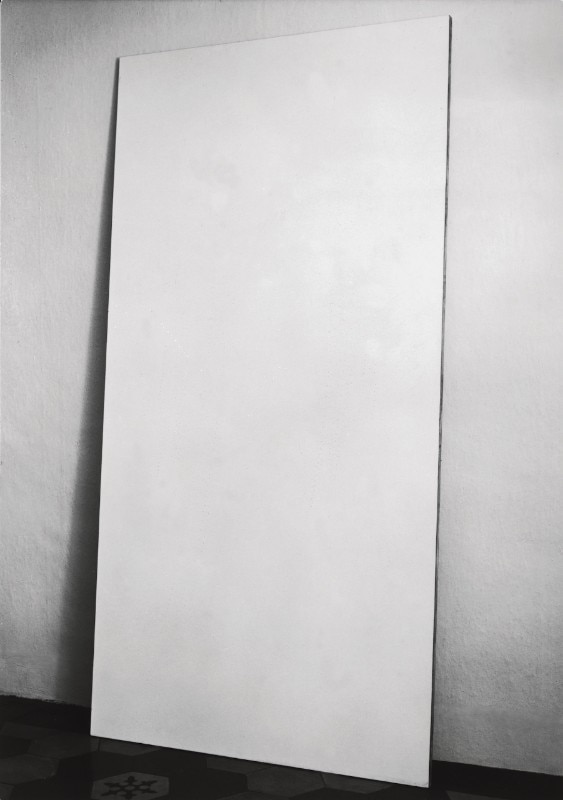
Giulio Paolini. del Bello ideale at Fondazione Carriero
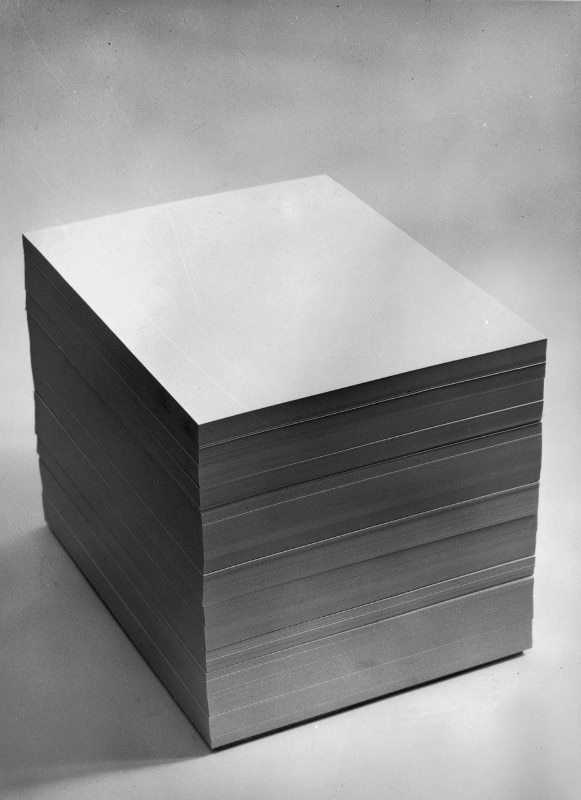
Giulio Paolini. del Bello ideale at Fondazione Carriero
Giulio Paolini, Necessaire, 1968
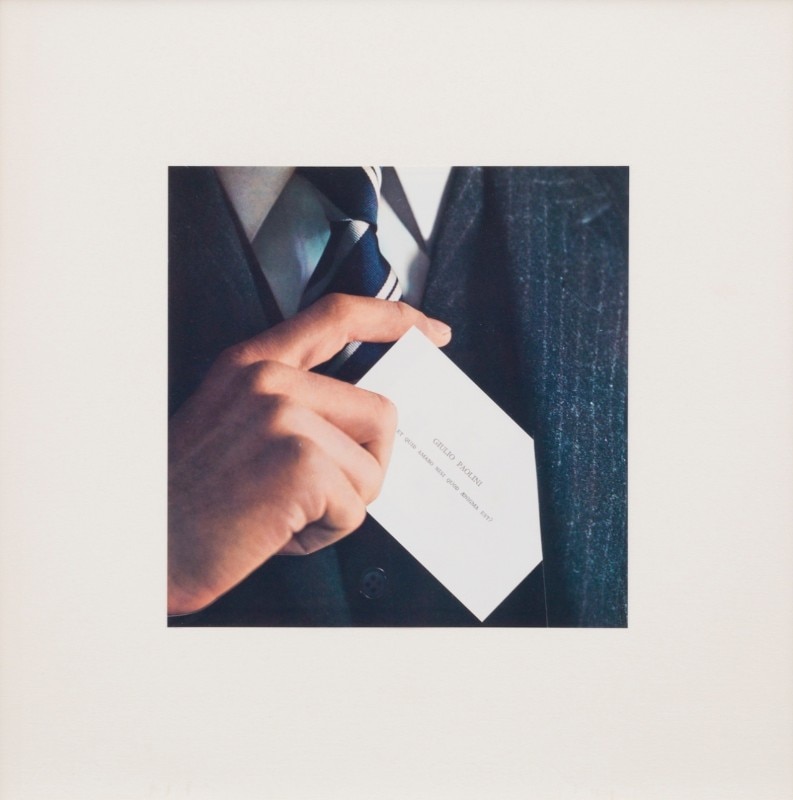
Giulio Paolini. del Bello ideale at Fondazione Carriero
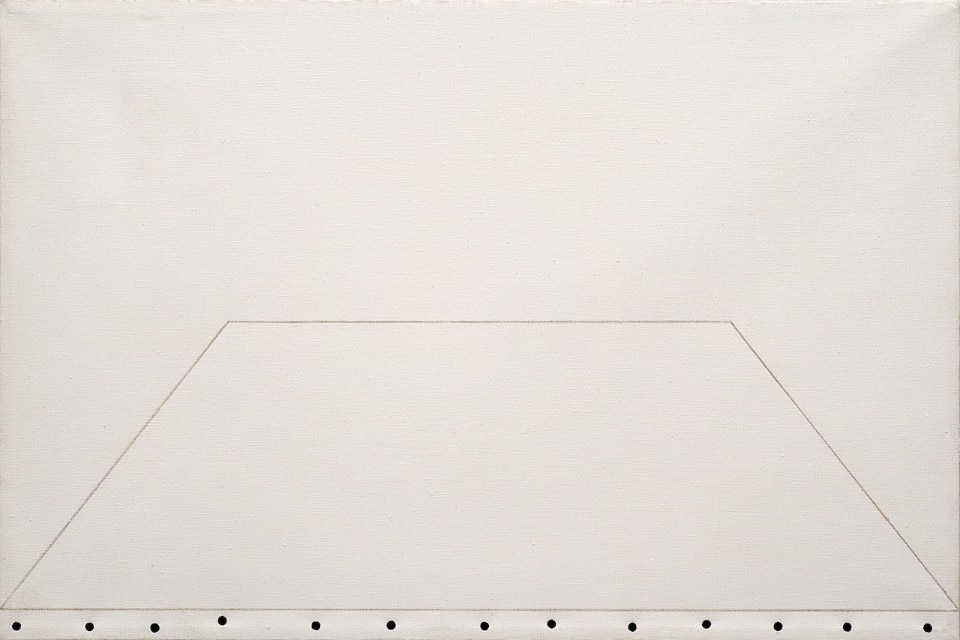
Giulio Paolini. del Bello ideale at Fondazione Carriero
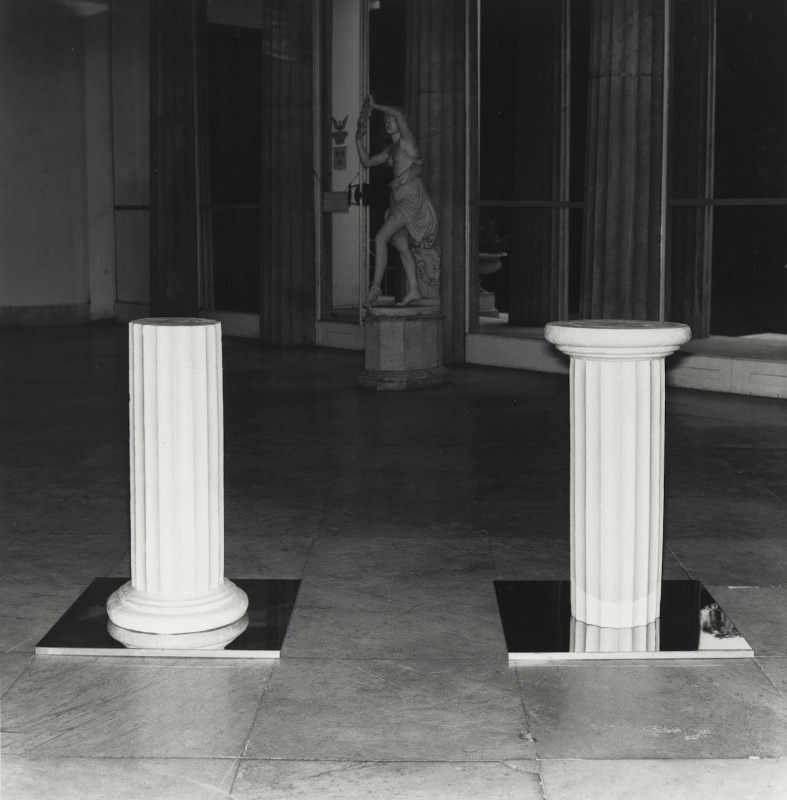
Giulio Paolini. del Bello ideale at Fondazione Carriero
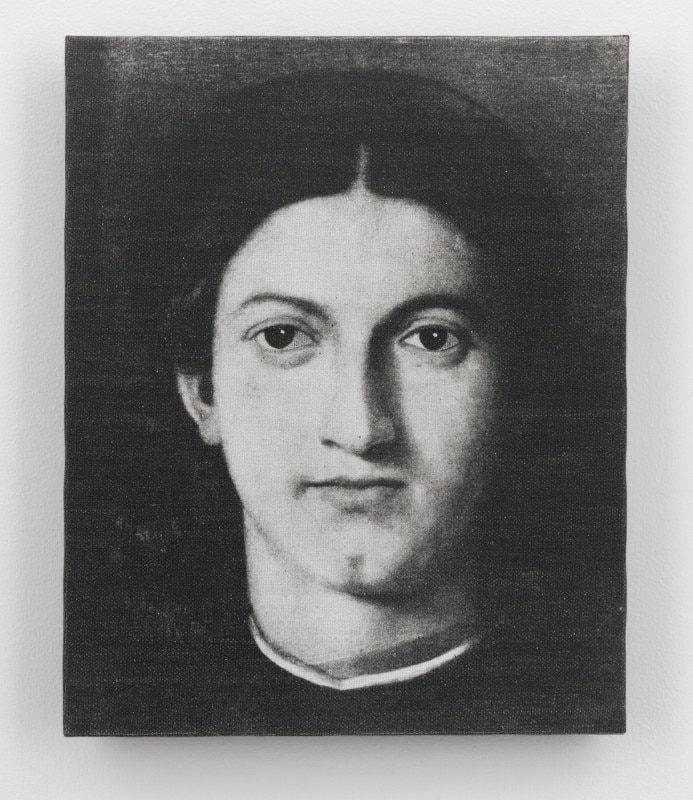
Giulio Paolini. del Bello ideale at Fondazione Carriero
,%201962.jpg.foto.rmedium.png)
Giulio Paolini. del Bello ideale at Fondazione Carriero
Giulio Paolini, Senza titolo (Plakat Carton), 1962

Giulio Paolini. del Bello ideale at Fondazione Carriero

Giulio Paolini. del Bello ideale at Fondazione Carriero
Giulio Paolini, Necessaire, 1968

Giulio Paolini. del Bello ideale at Fondazione Carriero

Giulio Paolini. del Bello ideale at Fondazione Carriero

Giulio Paolini. del Bello ideale at Fondazione Carriero

Giulio Paolini. del Bello ideale at Fondazione Carriero
With precision and method, the exhibition is laid out over three storeys of the Fondazione Carriero in downtown Milan, continually leading us back to the few key elements of Paolini's semantics. His innovative mode of expression is rooted in the deepest visual culture of Italian art history. He takes on an exchange with the past, and communicates it continuously – see Senza titolo, 1961; Monogramma, 1965; Nécessaire, 1968; and Controfigura (critica del punto di vista), 1981.
Classicism, where the founding concepts of beauty were defined, belongs to many of Paolini's sculptural pieces, which often use statues of classical and neoclassical derivation to structure visual theorems – see Aria, 1983-84. Here, the spectator becomes an active part of the work by looking, approaching and being reflected – see Elegia, 1969. Art history is claimed as a language, a primary depository of the artist's memory that embodies the present as an event, not as a reference.
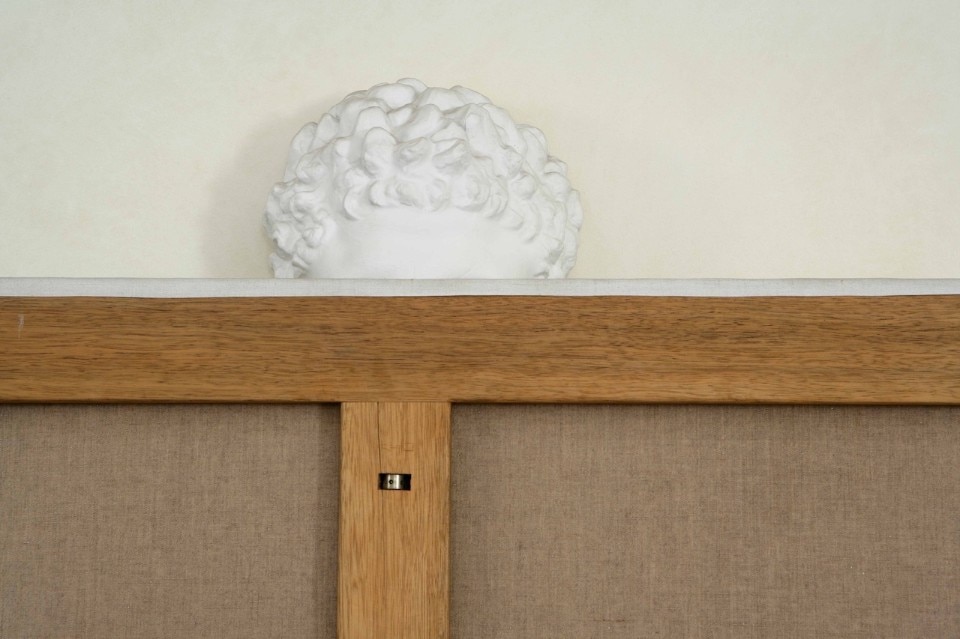
Over the course of his long career, Paolini, who was born in Genoa in 1940, has traced the reasons of his art to being the pure development of a piece. Understandably, that makes the process the most significant phase of each of his creations, no matter the varying themes, or the varying decades of the work's provenance. His art is consistently characterised by the potential contained in a suspended state of waiting that projects every sign, every part into an eternally dilated temporal dimension, the same as is possessed by the myths from which he draws.
The border of our gaze and the representation – its frame and sight-lines – are continually evoked in Paolini's art. Like no other artist, he has posited the subject of the undefined field of freedom that spreads out before the painter, inviting him to act beyond the dimension of the painting. The opening of a mental perspective to contain the pure definition of conceptual art represents to Paolini the limits of vision. His travels proceed over invisible and unexplored terrain similar to a modern Odyssey – see Finis Terrae, 2018.
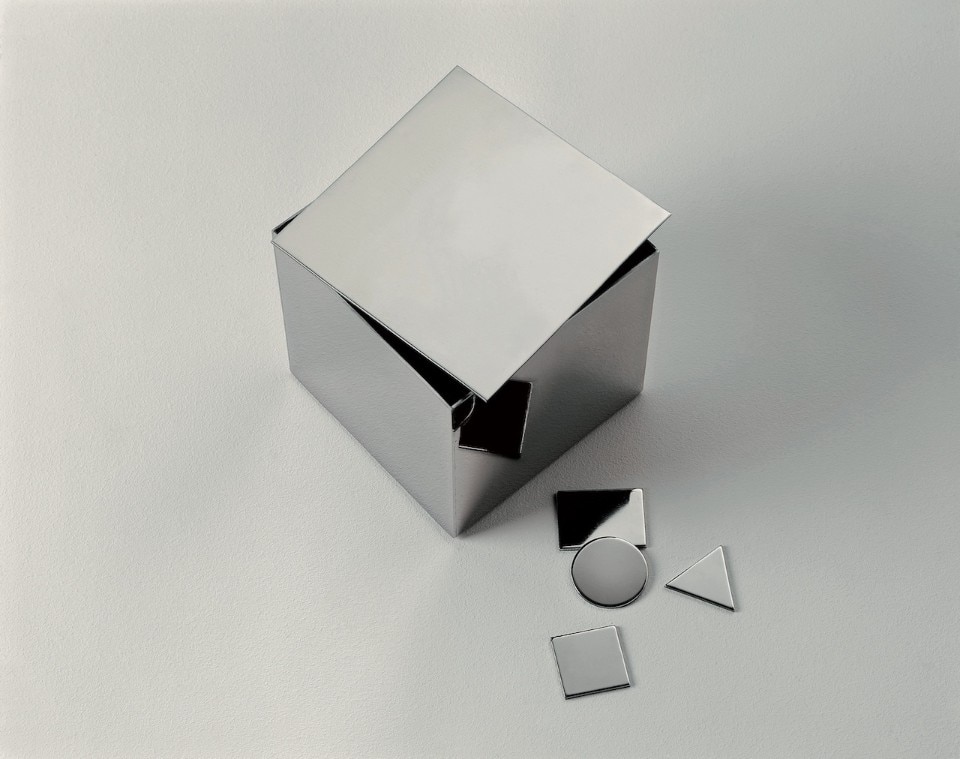
The display was made in collaboration with the Swiss set designer Margherita Palli, who created two installations that form a conversation with Paolini's imagery. This makes for a decidedly theatrical but coherent reading of the maestro's work. The display underlines analogies and links between the works by placing them in connection with one another and transforming the entire space of the Foundation into a single work of art – see AB 3, 1966.
Carla Lonzi writes in her 1966 essay for the exhibition catalogue to a Paolini show at Galleria dell'Ariete in Milan: "In our life, we don't count the corners of rooms, yet precisely the obviousness of this possibility renders the object entirely immaterial, uniquely optical: a painting."
- Title:
- Giulio Paolini del Bello ideale
- Curator:
- Francesco Stocchi
- Gallery:
- Fondazione Carriero
- Scenography:
- Margherita Palli
- Opening Dates:
- 26 October 2018 – 10 February 2019
- Address:
- Via Cino del Duca 4, Milano


